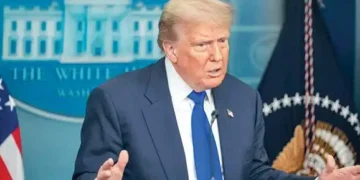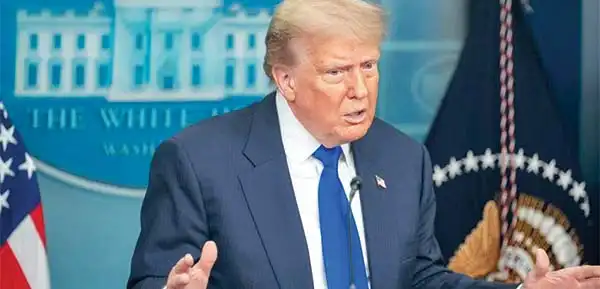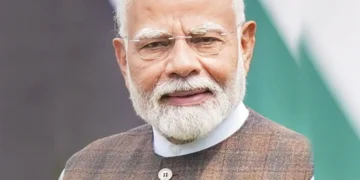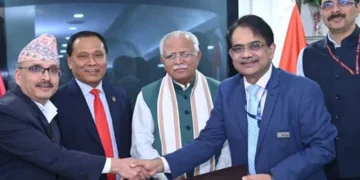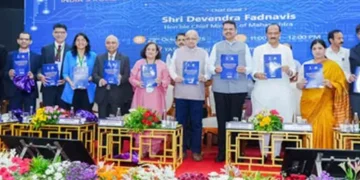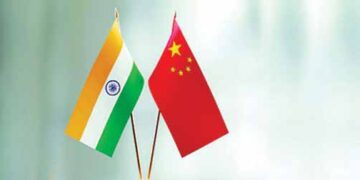Blitz Bureau
NEW DELHI: THOUGH US President Donald Trump’s steep 50 per cent tariffs – that came into effect on August 27 – appear punitive and protectionist,the move could serve as a powerful catalyst for India to deepen its journey toward economic self-reliance. Hisaction may do for India what ‘Make America Great Again’ (MAGA) intends for the US: prompt a new drive to ‘Make India Great Again’ (MIGA), and reshapethe country’s economy and its position on the world stage.
No doubt, the tariffsare a blow to Indian exporters, but they can also serve as wake-up call for policymakers and industry leaders. The 50 pcduty on imports from India can:
Compel the country to reduce dependence on external markets by promoting import substitution and indigenous production.
Accelerate technology transfer, innovation, and skill development as Indian industries are forced to compete globally without a guaranteed US market.
Strengthen the Government’s push for ‘Make in India’ initiatives,channelling investment into sectors like electronics, defence, and automotive manufacturing. Self-reliance agenda Several compelling economic reasons underpin why India should use this moment to turbocharge its self-reliance agenda:
Domestic market size: With a population of over 1.4billion, India boasts one of the world’s largest consumer bases. This internal demand can cushion the blow of declining US exports and drive industrial growth.
Job creation: A pivot to domestic manufacturing creates employment opportunities, addressing India’s youth unemployment challenge.
Trade balance: Reducing dependency on imports – especially from the West – will help curb India’s trade deficit and stabilise the rupee.
Supply chain resilience: Investing in domestic production can create a buffer against future external disruptions. Trump’s tariff threat is likely to push India to reassess its trade alignments, drawing it closer to the BRICS nations. Here’s how:
Export diversification: Strengthening trade partnerships within BRICSnation will reduce vulnerability to US-centric policies.
Strategic cooperation: Russia offers energy and defense technology and Brazil opens avenues for agricultural and industrial cooperation. Both countries align with India’s aspirations for multipolar trade partnerships.
Complex relations: While India and China are competitors, they share interests in resisting Western economic dominance. The two can collaborate in multilateral forums to influence global trade rules.
The prospect of losing access to the US market is likely to galvanise Indian manufacturers and entrepreneurs. Sectors like electronics, textiles, pharmaceuticals, and automobiles are poised to ramp up capacity to serve the local market.
With less reliance on American tech and knowhow, startups and established firms in India are likely to step up their investments in R&D.
Additionally, there is a visible surge of anti-American sentiment on social media platforms in India. Calls to boycott US goods, if sustained, could tilt consumer preferences toward locallymade products.
Trade negotiations
If President Trump’s move is intended as a negotiating tactic for extracting better terms in a prospective Free Trade Agreement (FTA), it risks backfiring. Heavy-handed tactics may erode goodwill towards US brands and reduce America’s diplomatic leverage. Also, forcing India into a corner may expedite its decoupling from Western supply chains – a move that could have long-term strategic consequences for US interests in Asia.
While the Trump administration’s tariff policy poses real challenges, it also creates unique opportunities for India. The shock may be just what Indian industry needs to fast-track manufacturing growth, diversify exports, and build a robust, selfreliant economy. If it succeeds in drawing India closer to emerging global alliances and catalysing a new wave of homegrown innovation, there may eventually be a reason to thank Trump for his role in prodding India towards ‘Making India Great Again’.
